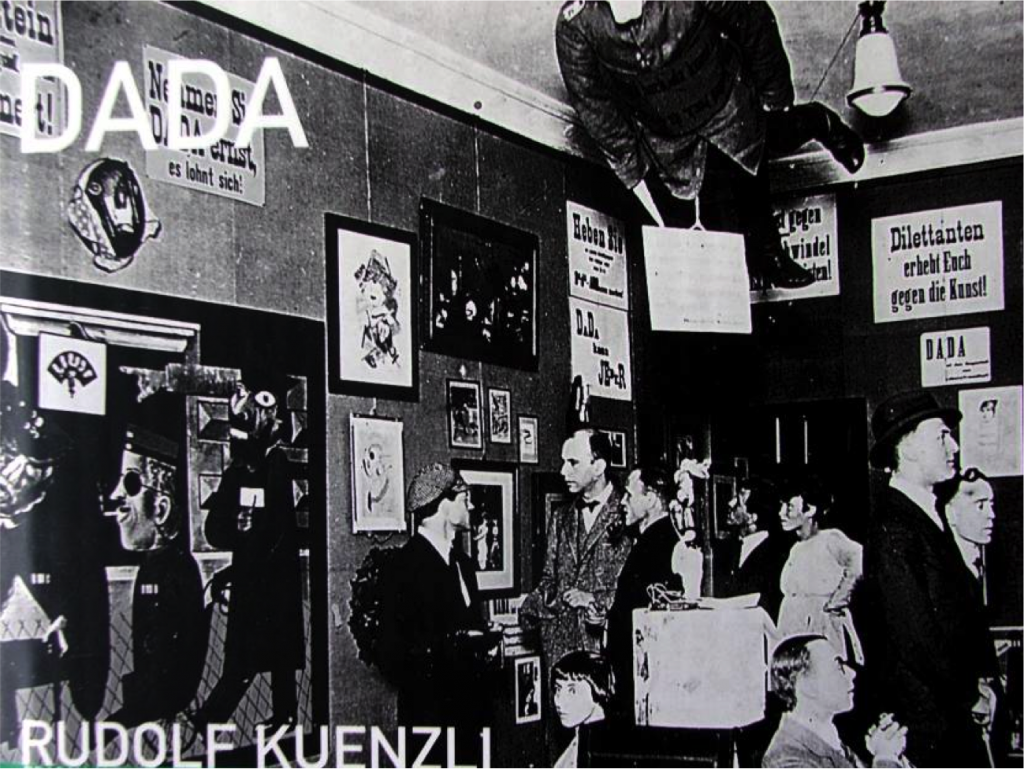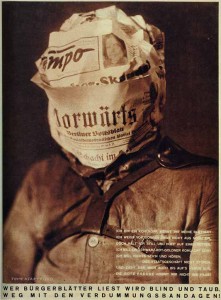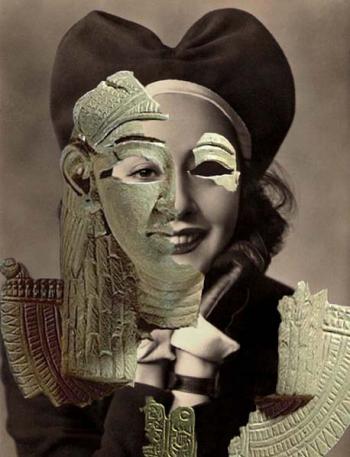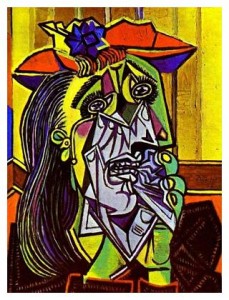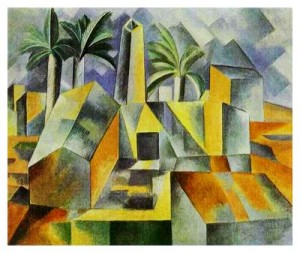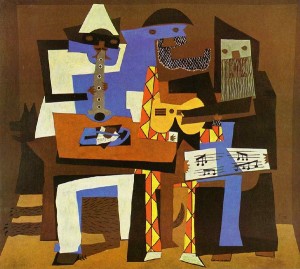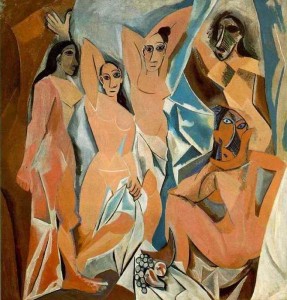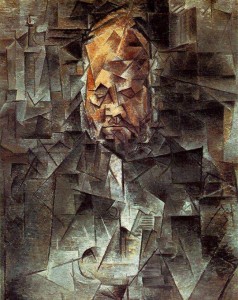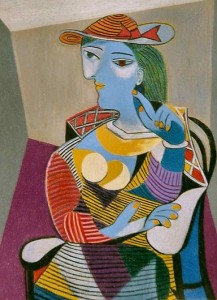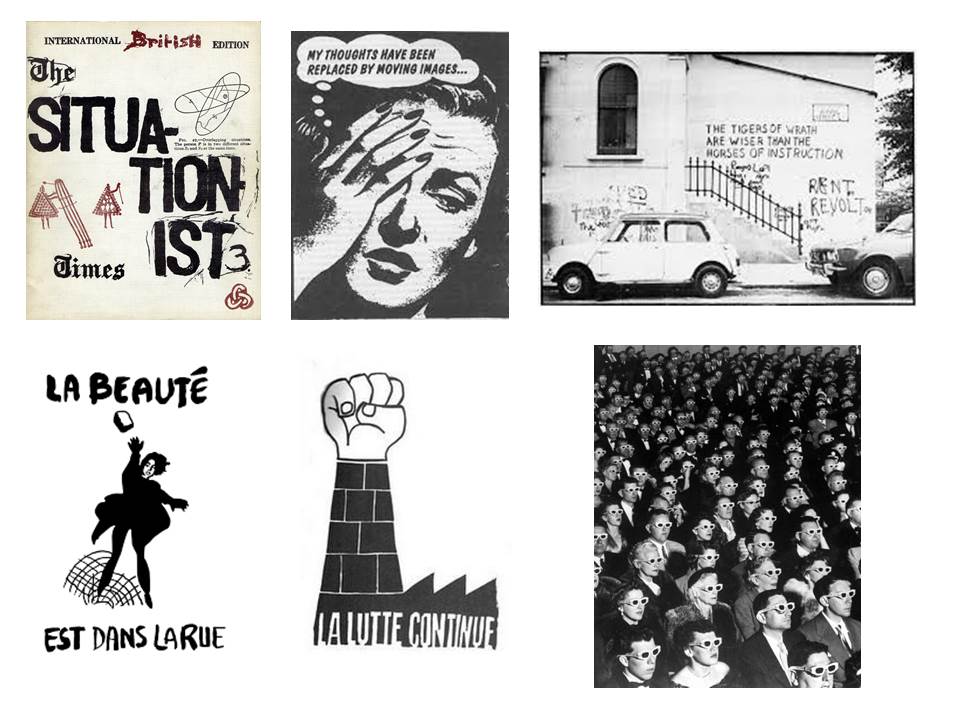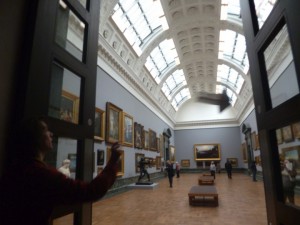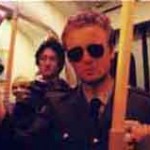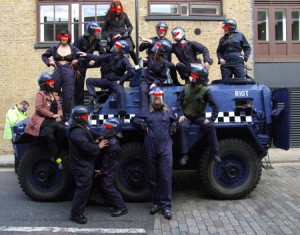The actual word ‘dadaism’ is a nonsense word which was made up with no real meaning. The creators wanted to use a word that meant nothing as a sign of protest against the First World War. This new idea was adapted in 1916. This movement can be seen as shocking, surprising and scandalous to most people, although it isn’t as crazy as people make it out to be. Dadaism was created by Hugo Ball in Cabaret Voltaire in Zurich. This is the total rejection of rules and came from utter disgust after the brutality of WWI. Here Ball wanted an audience reaction to try and test their tolerance and to test them and their take on this new art form.
This can be associated with photo montage, this is the layering of different types of images cutting them out and putting them back together in a different way to create an entirely new image. Here many propaganda posters were created as a new movement and to influence citizens. This really interests me as I am able to explore how different countries and different leaders perceived themselves and what message they wanted to bring across to the world.
I like the idea of dadaism and photo montage. I think I am going to experiment with copies of old family photographs and create my own photo montage as well as maybe creating a few more realistic propaganda posters for past and present leaders. This will be interesting for me and I think that I will be able to explore a load of different aspects of this movement. For me I will be taking a chance to see how controversial a lot of what I am going to create will be, as well as it changing and challenging the way society thinks and perceives a certain influential person or period in time.
There weren’t many women involved with the dadaism movement but there was one popular woman called Hannah Hoch. Hoch was a German Dada artist, born in 1889. The reason not many women were a part of this movement because around the time this came about women were seen as secondary to men, that they should stay at home and nurture the children and were unworthy of work. Hoch was actually one of the originators of photomontage. She was the loan woman amount the Dada group as women were seen as lesser than men back then.

